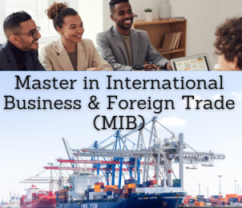Business in Saint Lucia

Foreign Trade and Business in Saint Lucia - Castries. Saint Lucian Economy
- Introduction to Saint Lucia
- Business in Castries
- Saint Lucian Economy
- Saint Lucian Foreign Trade
- Business Opportunities in Saint Lucia
- Access to the Saint Lucian Market
- Business Plan for Saint Lucia
The objectives of the subject «Doing Business in Saint Lucia» are the following:
- To analyze the Saint Lucian Economy and Global Trade
- To explore the Business Opportunities in Saint Lucia
- To analyze the trade relations of Saint Lucia with the country of the student
- To know the Trade Agreements of Saint Lucia
- To develop a business plan for the Saint Lucian Market

The Subject «Foreign Trade and Business in Saint Lucia» belongs to the following Online Programs taught by EENI Global Business School:
Masters: International Business, Foreign Trade.
Doctorate: American Business, World Trade.

Languages:  (
( Santa Lucia
Santa Lucia
 Sainte-Lucie
Sainte-Lucie  Santa Lucía).
Santa Lucía).
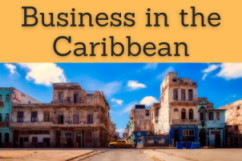
Masters adapted for Caribbean students.
International Trade and Business in Saint Lucia
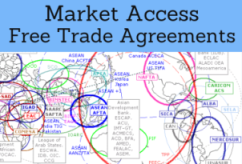
Preferential Access and Trade Agreements of Saint Lucia:
- Saint Lucia and the Caribbean Economic Area
- CARICOM
- CARICOM-Dominican Republic Agreement
- Costa Rica-CARICOM Agreement (Saint Lucia)
- CARIFORUM-EU Agreement
- Colombia-CARICOM Agreement (Saint Lucia)
- UK-CARIFORUM Free Trade and Economic Integration Agreement
- Caribbean Basin Initiative
- The U.S.-Caribbean Basin Trade Partnership Act (CBTPA)
- Caribbean-Canada Trade Agreement
- Association of Caribbean States
- Organization of Eastern Caribbean States
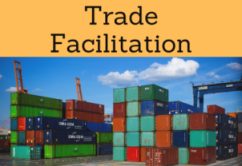
- WTO
- GATS
- Agreement on Sanitary Measures
- Agreement on Technical Barriers to Trade
- Agreement on Preshipment Inspection
- Agreement on Safeguards
- Trade Facilitation Agreement
- BIC (Containers)
- Chicago Convention (ICAO)
- IMO
- Is not a member of the WCO
- Kyoto Convention
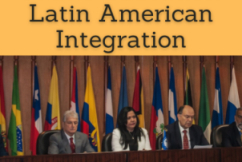
- CELAC
- EU-CELAC Summit
- OAS
- ECLAC
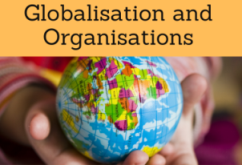
- UN
- UNCTAD
- ITC
- WIPO
- WB
- WTO
- IMF
- OIF
- Commonwealth
- ...
- Saint Lucian Capital: Castries (33% of the population)
- Districts of Saint Lucia: Anse La Raye, Castries, Choiseul, Dauphin, Dennery, Gros Islet, Laborie, Micoud, Praslin, Soufrière and Vieux Fort
- Saint Lucia does not share land borders with any country
- Nearest countries to Saint Lucia by sea: Barbados, Saint Vincent and the Grenadines and Martinique
- Area of Saint Lucia: 616 km²
- Population of Saint Lucia: 179,000 inhabitants;
- Saint Lucian Population density: 300 inhabitants / km²
- 85% of the population has an African origin
- Official language of Saint Lucia: English (Saint Lucian Creole)
- Abolition of Slavery in Saint Lucia: 1834
- Climate of Saint Lucia: tropical
- Saint Lucia is a volcanic island
- 1502: discovery by the Spanish (Saint Lucia was a Christian martyr)
- Saint Lucia was colonized by both the British and the French
- 1814: definitive British colonization
- Government type: Parliamentary constitutional monarchy (Queen Elizabeth II, Commonwealth)
- Saint Lucia became independent from the UK in 1979
Main religion in Saint Lucia: Christianity (Catholicism).

Saint Lucia belongs to the Caribbean Economic Area.
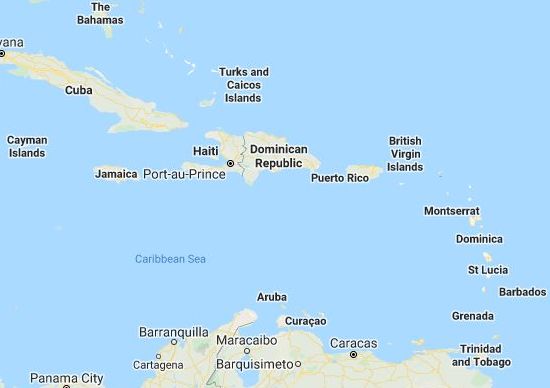
Saint Lucian Economy.
- United Nations Classification: Small Island Developing State
- Saint Lucia's economy depends mainly on tourism and banana income
- Santa Lucia GDP (PPP): 2,689 million dollars
- Services represent 83% of the GDP
- Saint Lucian GDP per capita (PPP): 15,225 dollars
- The banana-related industry is the main economic activity of Saint Vincent and the Grenadines
- Other important crops are: cocoa, coconut, citrus
- Emerging sectors: tourism and off-shore banking
- Currency Saint Lucian: East Caribbean dollar (XCD)
- Country code top-level domain of Saint Lucia: .lc
- Saint Lucia has 1.210 Kilometers of roads (847 km are paved)
- George F. L. Charles Airport (Castries)
- Hewanorra International Airport (south of Saint Lucia)
- Main seaport: Port of Castries
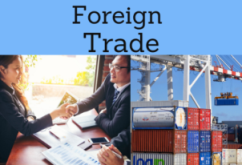
Saint Lucian Foreign Trade
- Main Exports of Saint Lucia are bananas, textiles, cocoa, vegetables, fruits, coconut oil
- Main export markets of Saint Lucia: the U.S., the UK, France, Brazil
- Main imports of Saint Lucia are food, machinery, chemicals, fertilizers, minerals, transportation equipment and fuels
- Largest providers of Saint Lucia: Brazil, the U.S., Trinidad and Tobago, the Netherlands, Venezuela, Finland, the UK, France
(c) EENI Global Business School (1995-2024)
We do not use cookies
Top of this page


